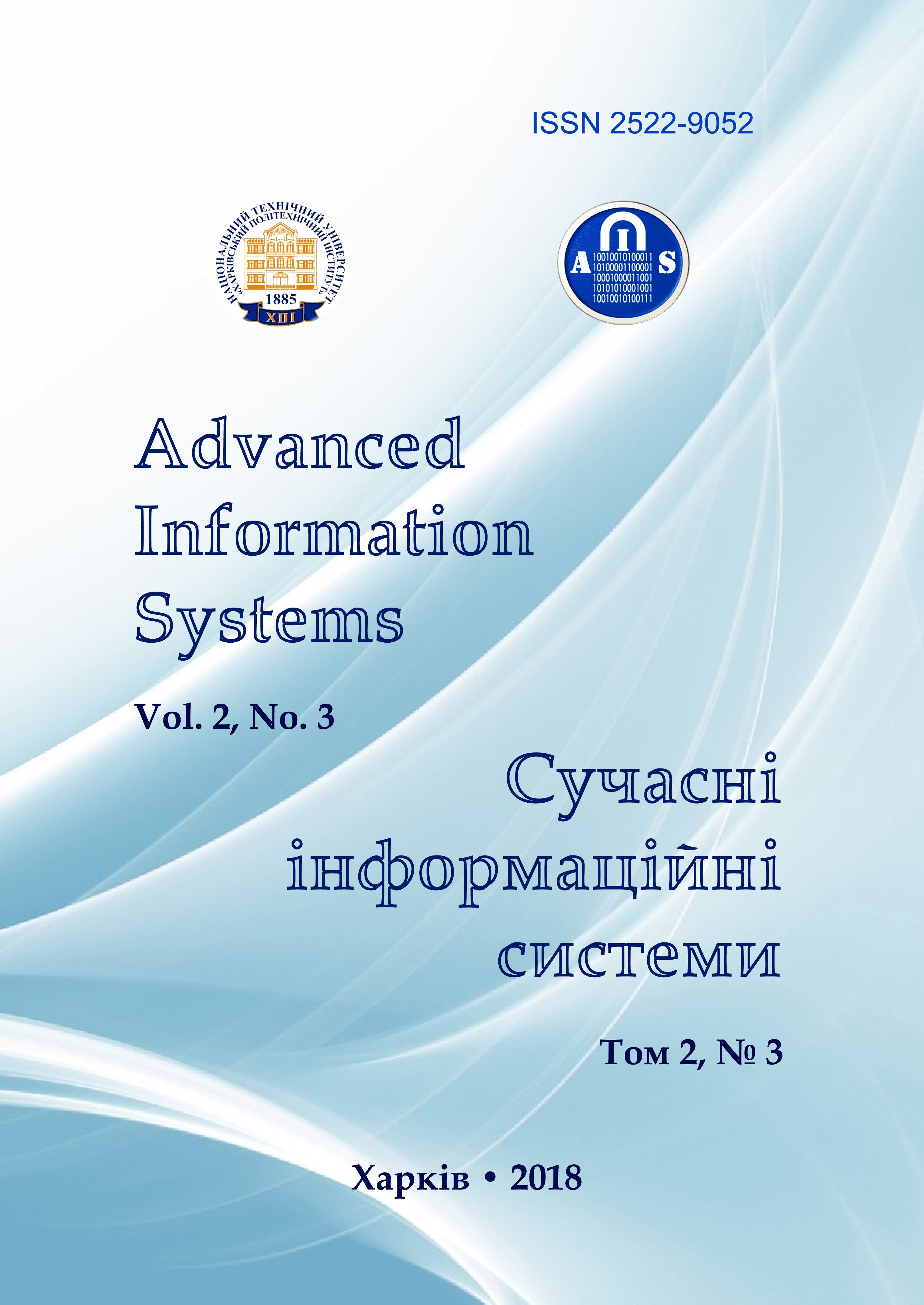MACHINE LEARNING METHODS APPLICATION FOR SOLVING THE PROBLEM OF BIOLOGICAL DATA ANALYSIS
Main Article Content
Abstract
Article Details
References
Danilov, V.V. and Lelchuk, S.A. (2013), “Quantitative evaluation of spermograms in men based on interval scale”, Andrology and Genital Surgery, No.1, pp. 44–48.
Kruger, T.F., Acosta, A.A. and Simmons, K.F. (1987), “New method of evaluating sperm morphology with predictive value for human in vitro fertilization”, Urology, 30, pp. 248–251.
Kruger, T.F., Menkveld R and Stanger F.S.H. (1986), “Sperm morphologic features as a prognostic factor in in vitro fertilization”, Fertil Steril, 46, pp. 1118–1123.
World Health Organization, Department of Reproductive Health and Research (2010), WHO laboratory manual for the examination and processing of human semen, 5th edition, 234 p.
World Health Organization (2001), WHO guidelines on laboratory research of human ejaculate and interaction of spermatozoa with cervical mucus, 4th edition, Publishing house "MedPress", Moscow, 144 p.
Theodoridis, Sergios and Koutroumbas, Konstantinos (2009), Pattern Recognition, 4th Edition, Academic Press, 984 p.
Poreva A.S. and Karpliuk, Е.S. (2017), “Methods of machine learning for the study of lung sounds”, Biomedical instruments and systems, No. 22 (6), pp. 41–46.
Talarczyk-Desole, J., Berger, A., Taszarek-Hauke, G., Hauke, J., Pawelczyk, L. and Jedrzejczak P. (2017), “Manual vs. computer-assisted sperm analysis: can CASA replace manual assessment of human semen in clinical practice?”, Ginekologia Polska, No. 88 (2), pp. 56–60.
(2014), Systems M-AD. SCA - Sperm Class Analyzer v. 4.1, polish version, Microptic - Automatic Diagnostic Systems.
